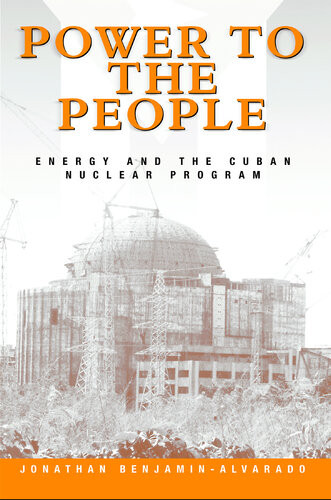

Most ebook files are in PDF format, so you can easily read them using various software such as Foxit Reader or directly on the Google Chrome browser.
Some ebook files are released by publishers in other formats such as .awz, .mobi, .epub, .fb2, etc. You may need to install specific software to read these formats on mobile/PC, such as Calibre.
Please read the tutorial at this link: https://ebookbell.com/faq
We offer FREE conversion to the popular formats you request; however, this may take some time. Therefore, right after payment, please email us, and we will try to provide the service as quickly as possible.
For some exceptional file formats or broken links (if any), please refrain from opening any disputes. Instead, email us first, and we will try to assist within a maximum of 6 hours.
EbookBell Team

5.0
90 reviewsThis book began as my doctoral dissertation. In the process of transforming it into the present text, I have carefully considered what is relevant to readers’ understanding of Cuba’s “Project of the Century.” I have incorporated some new ideas about why Cuba selected the nuclear option and weighed the value added to the analysis of these ideas in a way that expands the boundaries of the dialogue on Cuba’s nuclear program in terms of U.S. interests in Cuba.
For its part, Cuba explicitly seeks to modernize its aging and deteriorating energy sector and infrastructure. To do this, it must be able to attract investment and continue to develop nuclear, conventional, and alternative energy sources. It has linked these objectives to the expansion of science and technology in all areas of Cuba’s daily life. This has been undertaken to establish Cuba as a responsible regional partner in the arenas of energy development, advanced technology, and security.
Within all of these divergent policy objectives are areas of common interests. At the national, regional, and international levels, all agree that there must be (1) safe development in the nuclear sector; (2) the promotion and implementation of nonproliferation norms and values; and (3) the modernization of Cuba’s infrastructure and a specific linkage to quality of life issues in the Cuba of the twenty-first century.
Should Cuba come close to finishing the reactor at Juragua, a number of other questions are raised: Would the United States be willing to apply provisions of the Helms-Burton law that label a completed nuclear facility as “an act of aggression” against the United States? Could this undermine the already tenuous nature of nonproliferation agreements in Latin America and beyond?
This book is a direct attempt to address these issues in an objective framework of analysis and seeks to be the definitive assessment of the status of Cuba’s energy development program at century’s end.